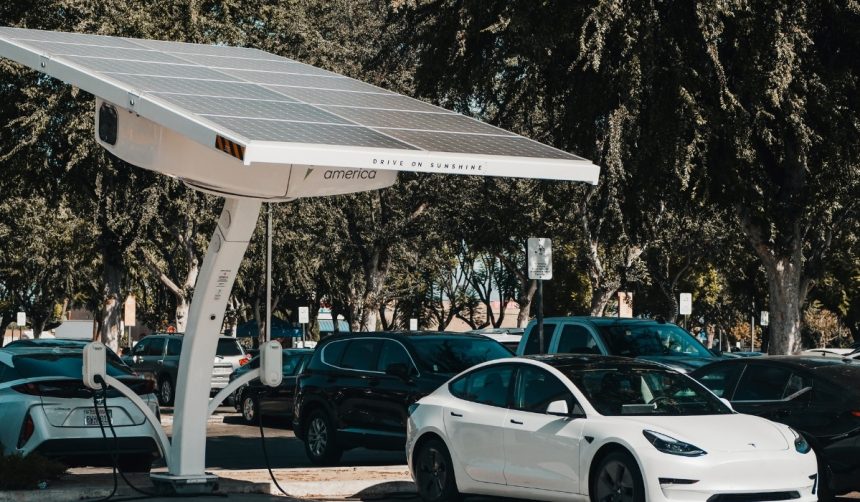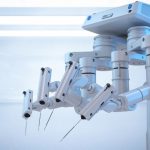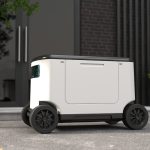Tesla users are witnessing a new phase in the Full Self-Driving software as the FSD (Supervised) v14 begins its wide release to the Cybertruck. This milestone follows a period of anticipation among Cybertruck owners, particularly given the pickup’s unique hardware configuration. With the update now landing on vehicles, owners have started sharing their initial experiences online. This software rollout signifies Tesla’s continued efforts to synchronize advanced driver-assist features with their latest models, broadening the reach of autonomous driving capabilities. The inclusion of real-time updates showcases how Tesla adapts its technology based on specific vehicle architectures and user feedback.
When Tesla launched FSD updates for the Model S, 3, X, and Y vehicles, earlier coverage noted a faster and more widespread distribution compared to the current Cybertruck rollout. Those earlier rollouts did not face the same degree of caution since the Cybertruck’s hardware and camera positions differ from Tesla’s main lineup. The development process for Cybertruck’s FSD integration appears slower and more tailored, with added emphasis on safety calibration and compatibility with the vehicle’s size and steering system. Previously, similar FSD versions introduced features incrementally, while this release gathers several enhancements within one package.
What Features Arrive in FSD v14.1.5?
The latest update, FSD v14.1.5, brings multiple new features. Highlights include customizable arrival options, enabling drivers to select parking destinations such as curbside, driveway, or parking garage. Emergency vehicle detection has been introduced, allowing for safe yielding, and new routing capabilities leverage a vision-based neural network for rerouting around blockages.
How Does Cybertruck’s Design Impact the FSD Rollout?
Cybertruck’s steering system and sizable frame demand different treatment than Tesla’s existing S3XY models. Camera placements on the Cybertruck have required Tesla’s AI team to refine calibration methods, ensuring sensors properly interpret surroundings for safe maneuvering. Related adjustments enhance lane change, unprotected turn, and obstacle avoidance performance, matching the distinct geometry of the pickup.
What Are Owners Saying About Their Experience?
Owners have publicly shared excitement as the new software arrives on their vehicles. One stated,
“Tesla Self-Driving 14.1.5 for Cybertruck rolling out now!”
indicating the start of the download process. Another user reported,
“So look what I just got on my Cybertruck! FSD v14.1.5. Believe it or not Teslascope reported it about 5 minutes before it was visible on my app.”
These statements reflect a growing engagement from the Cybertruck community as they test the new suite in real-world scenarios.
With FSD v14.1.5, Tesla enhances both customization and situational awareness for Cybertruck users. The software now handles road debris, static and dynamic barriers, and offers additional speed profiles to suit different driving preferences. Alert systems have also been improved, including notifications when windshield residue may block camera visibility—an issue particularly relevant given the Cybertruck’s broad windshield and off-road ambitions.
Tesla’s staggered, vehicle-specific approach to rolling out FSD continues to shape the public discussion around automated driving. For consumers, it highlights the importance of recognizing how new software interacts with a model’s physical layout and engineering. As driver-assistance software evolves, owners benefit by familiarizing themselves with new safety and routing features, maximizing the potential of their vehicles while understanding operational limits set by ongoing calibration and regulatory considerations.
- Cybertruck owners receive the FSD v14 wide release with new features.
- Vehicle-specific calibration addresses unique Cybertruck steering and camera layout.
- Community feedback and gradual updates shape the software’s integration pace.










